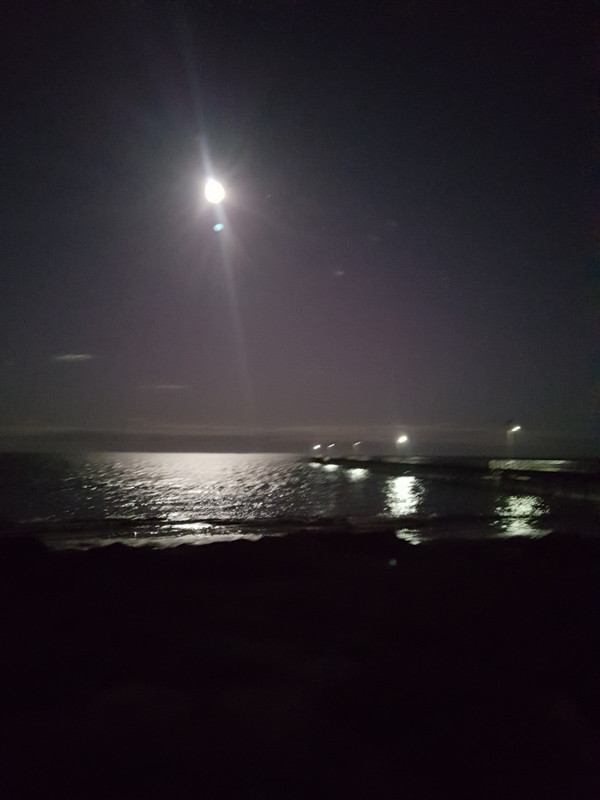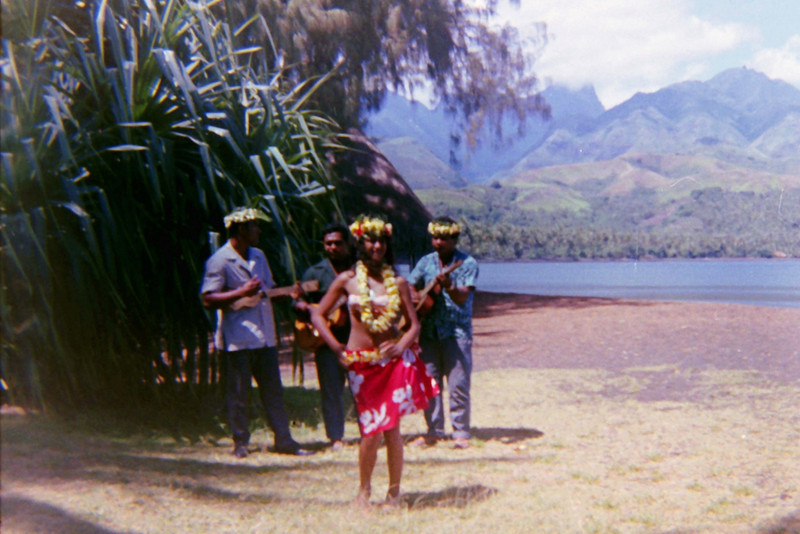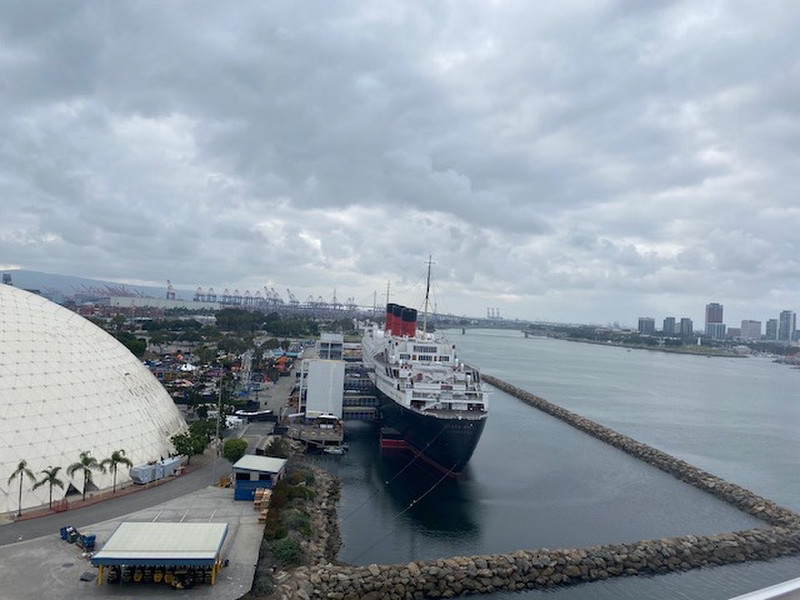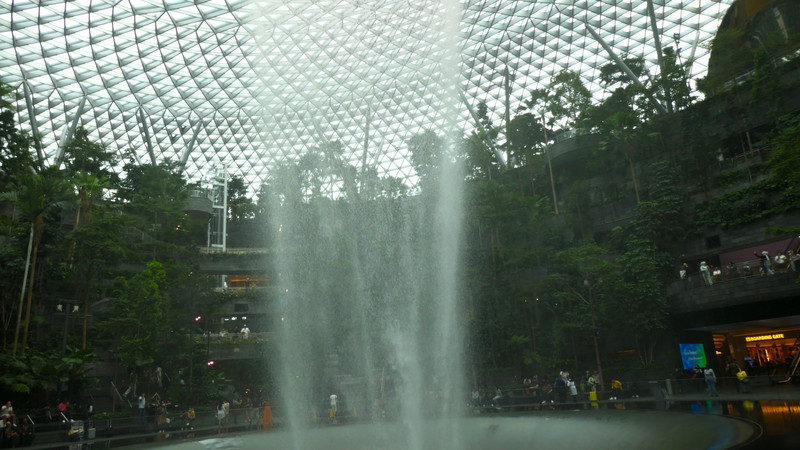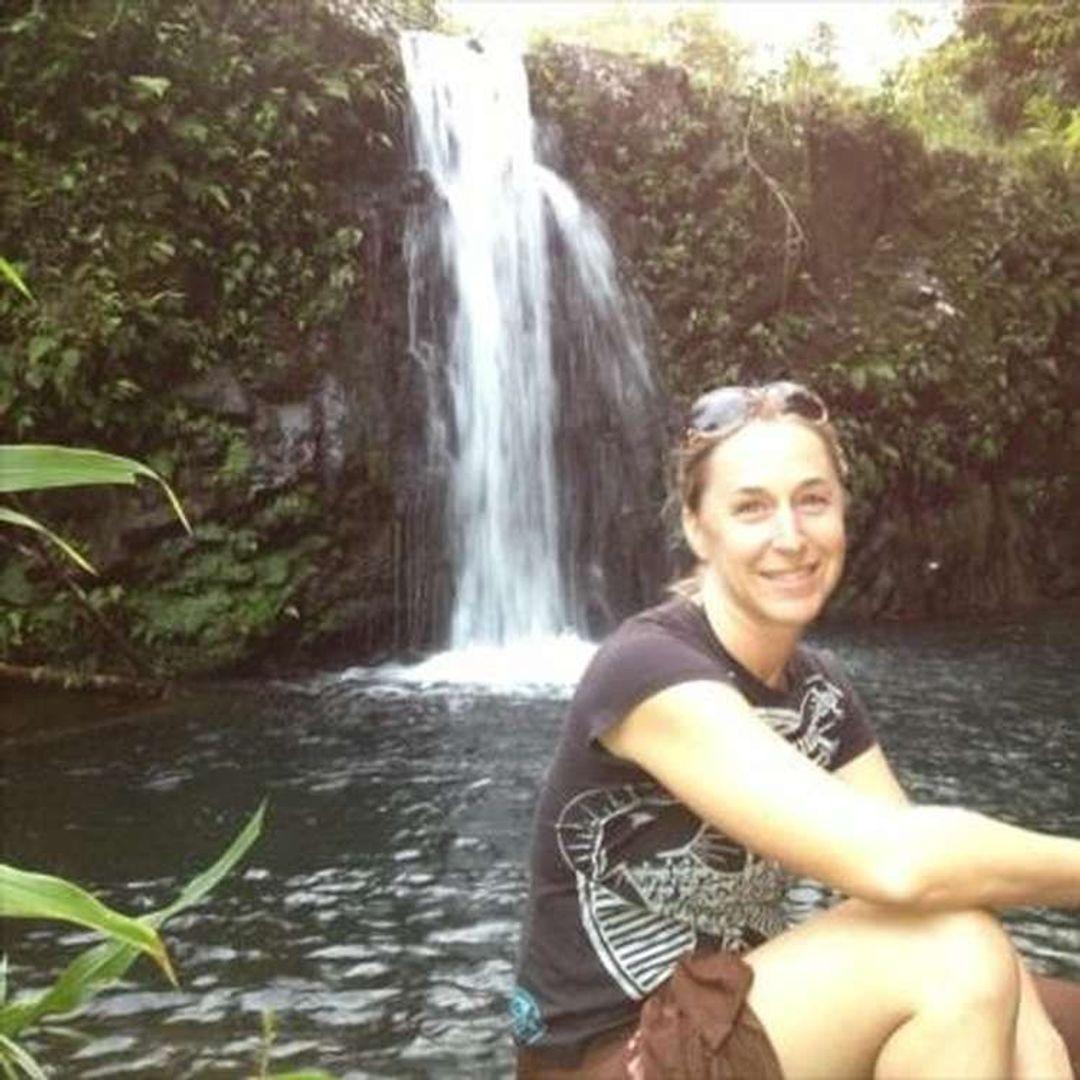After witnessing the sun rise over Fowlers Bay we departed for Penong, a small town a little further east. On the outskirts of Penong is a growing collection of rescued and restored windmills. It is here that the worlds biggest windmill, a Comet, christened Bruce, stands. It had been used by the railways to pump water for the steam trains. We took the gravel firm and smooth mud track to Port Le Hunte stopping at Lake Macdonnell on the way. During summer this lake is famous for its pinkness. However, we did enjoy the Blue Lake, sitting in front of a backdrop of pristine white sandhills. Cresting the one lane track along the cliff face we came to face below us Port Le Hunte, a sheltered little port with a swimming area protected by thick shark netting. It is a very clean and tidy area and we were the only ones there. A prepared cuppa and a slice of fruit cake was devoured by both.
Onto Cactus Beach, discovered by surf enthusiasts in the ‘60s and renowned for its breaks. Jane and I had arrived at a most fortuitous moment as we
were regaled by at least 20 dolphins surfing the waves as they chased their prey. For the next 20 minutes we just stood, ooohed and aaahhed, as the dolphins leapt out of the water or thrashed about in a hunting frenzy. Our morning highlight by far and a memory to stay with us for sure.
Having enjoyed nature at its finest we headed for Ceduna where we had decided to pitch our shelter for two nights at the Ceduna Foreshore Caravan Park which is superbly located for our needs. Ceduna is the last major settlement before crossing the Nullarbor Plain from east to west and is located on the shores of beautiful Murat Bay with its sandy coves, sheltered bays and offshore islands making it a popular base for a beach holiday. The foreshore at Ceduna is lined with Norfolk Island pine trees. There is a pier for walking, fishing and small boats. The name Ceduna is a corruption of the local Aboriginal Wirangu word Chedoona and is said to mean a place to sit down and rest.
